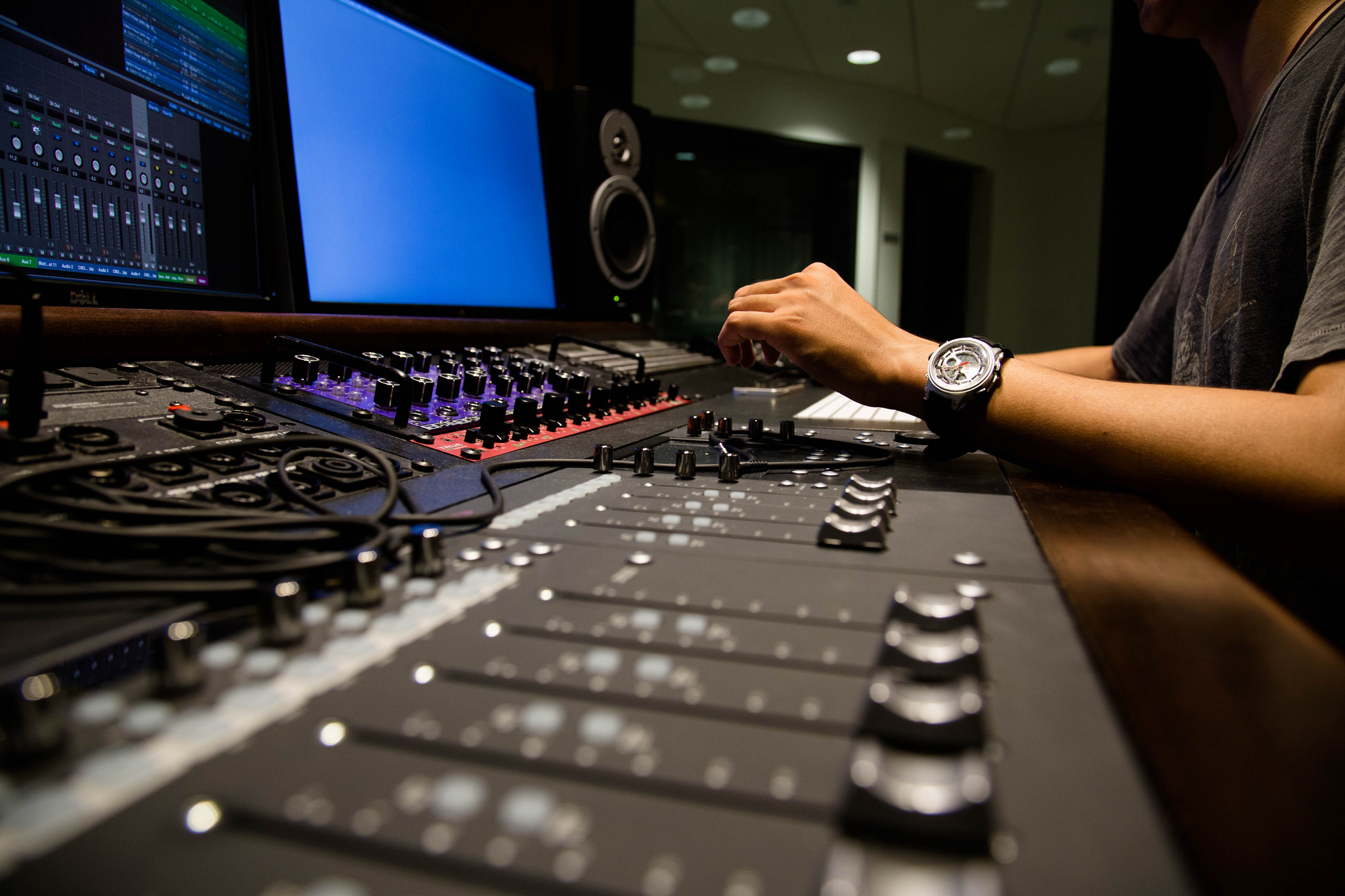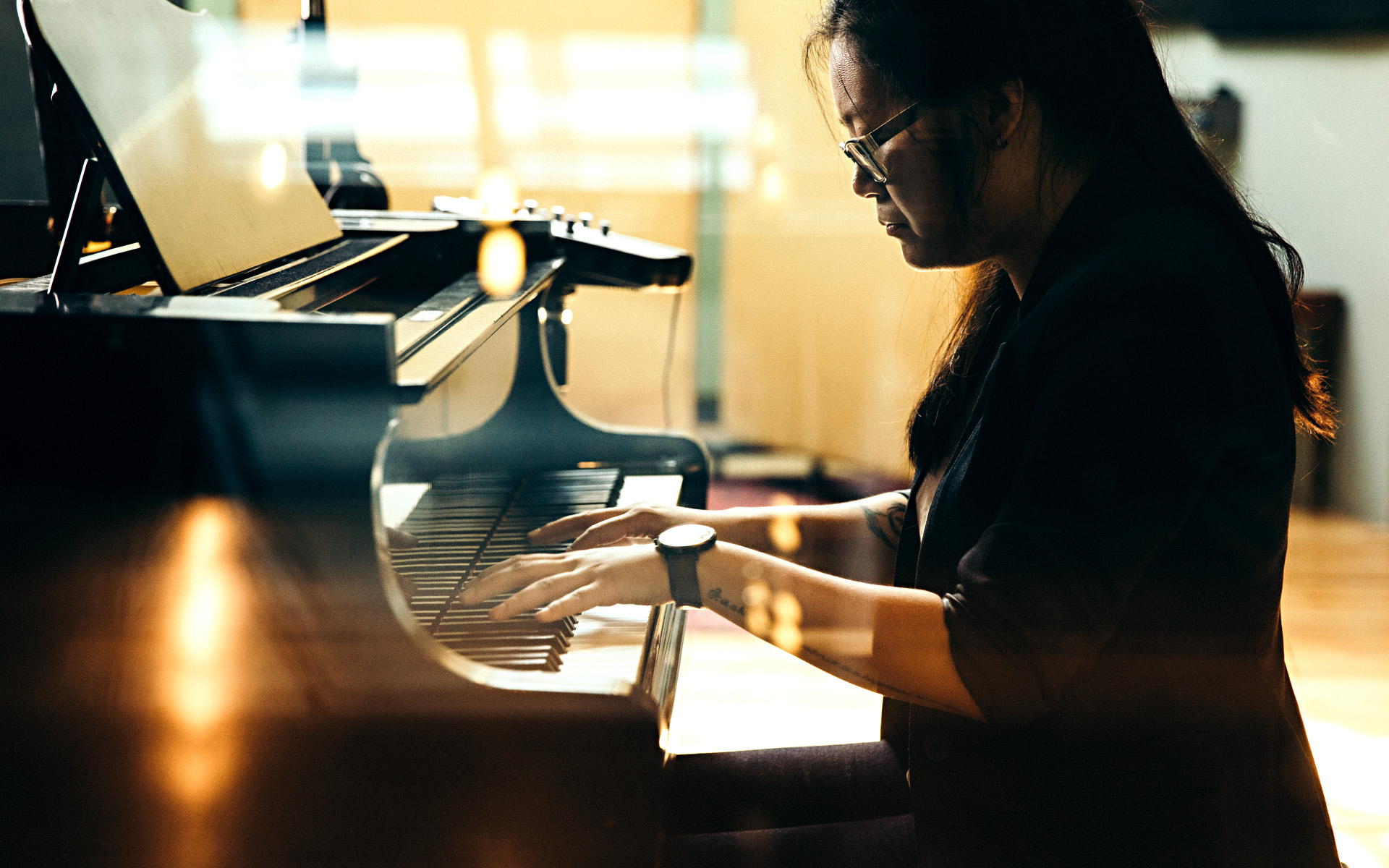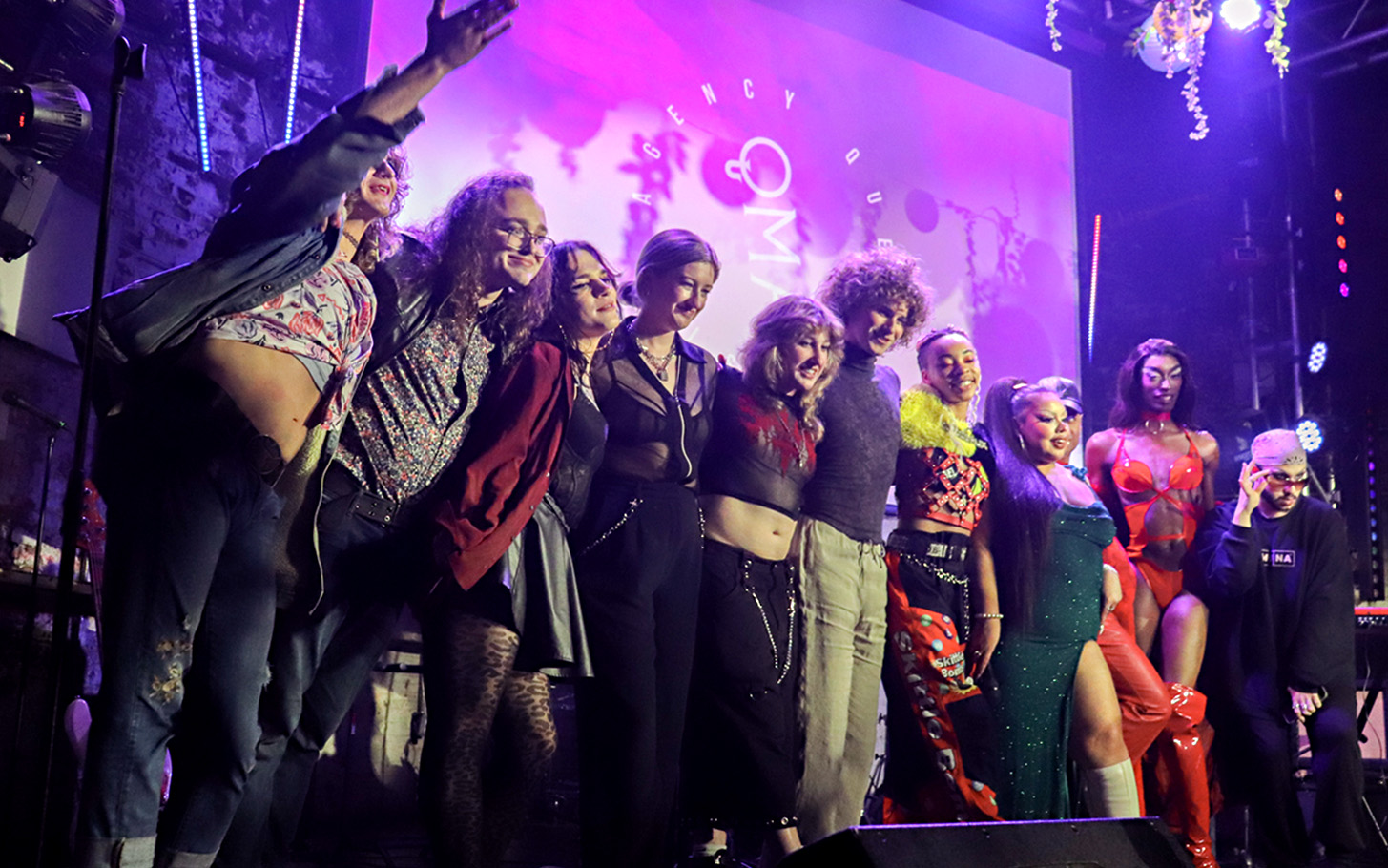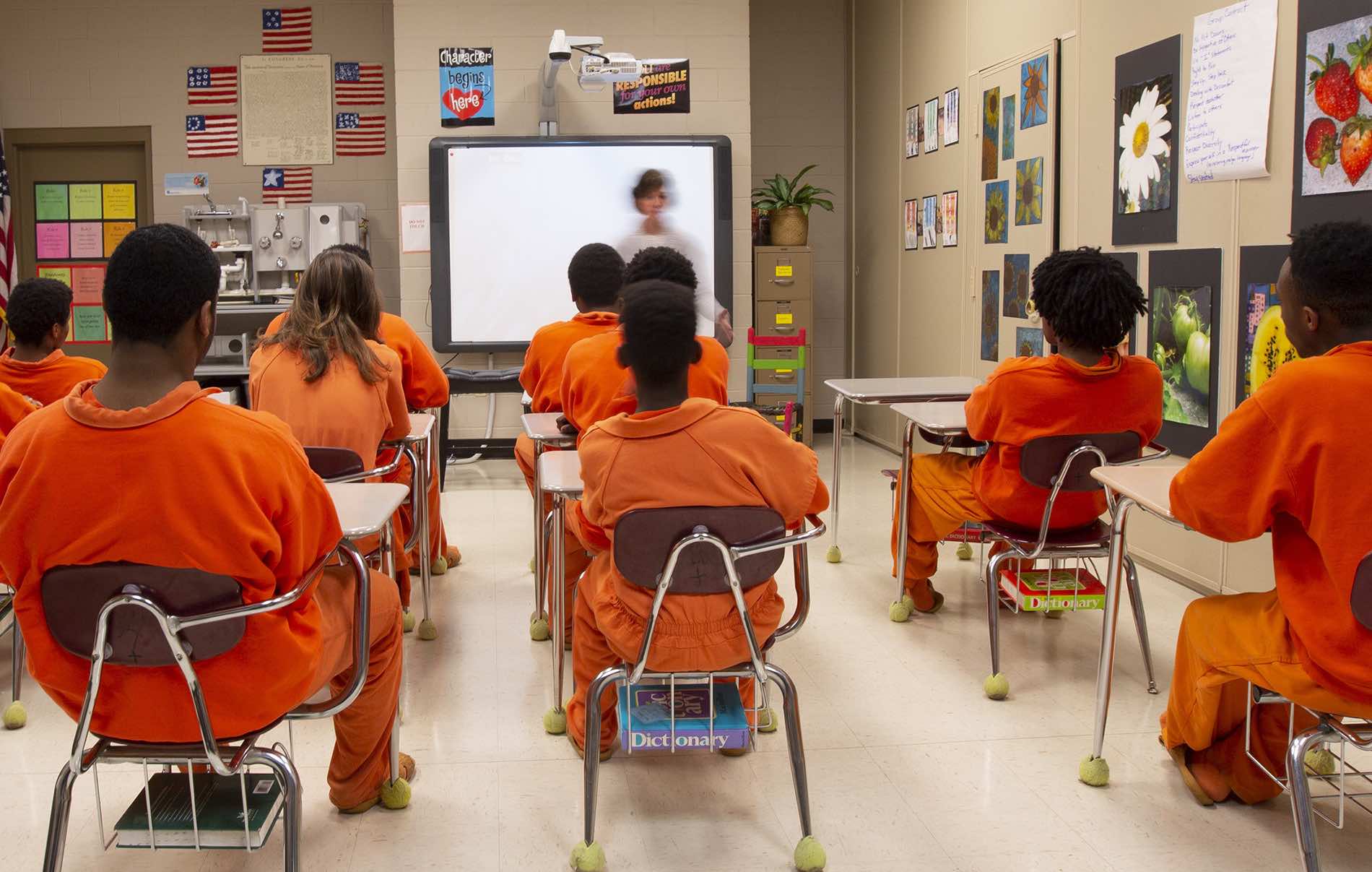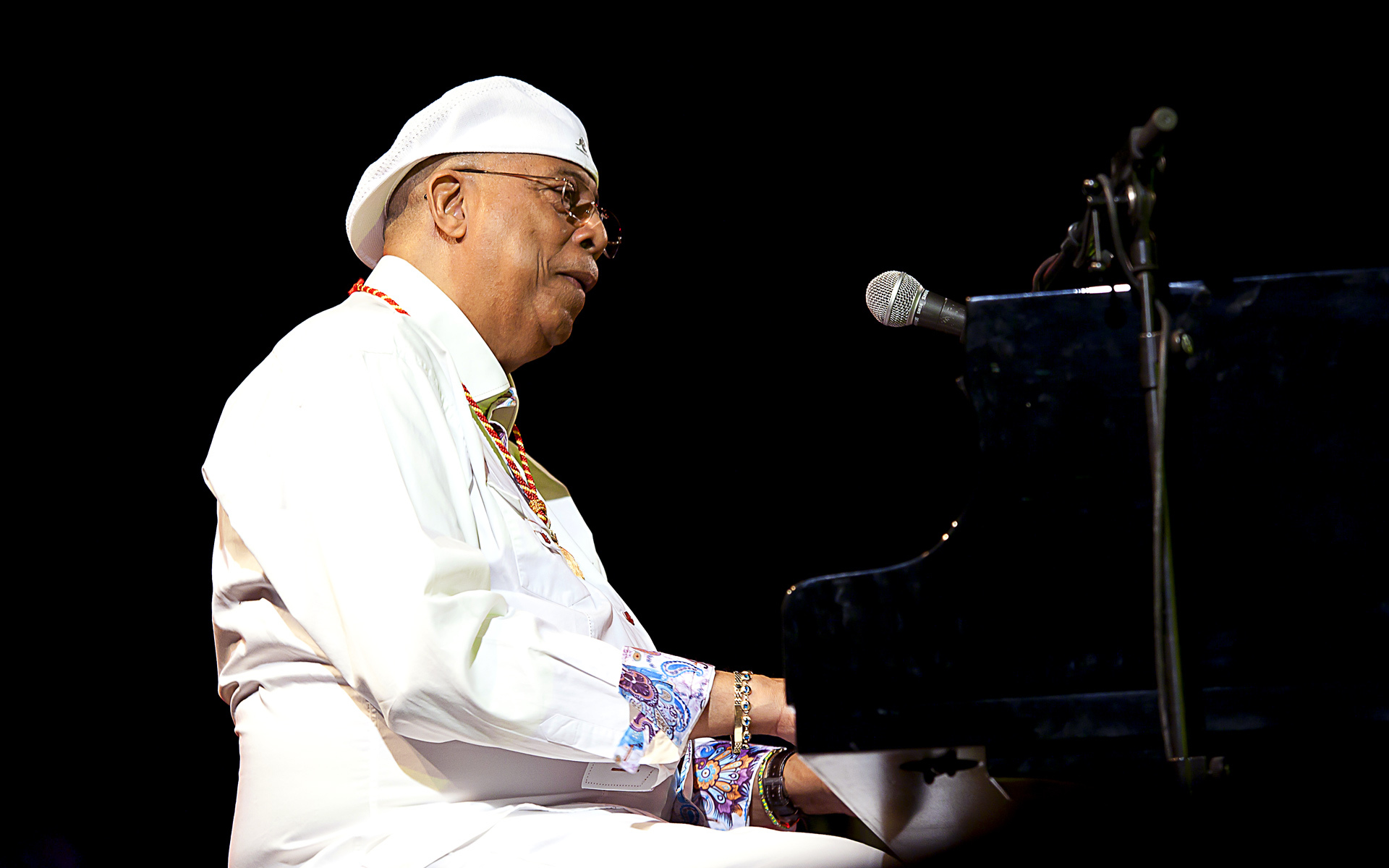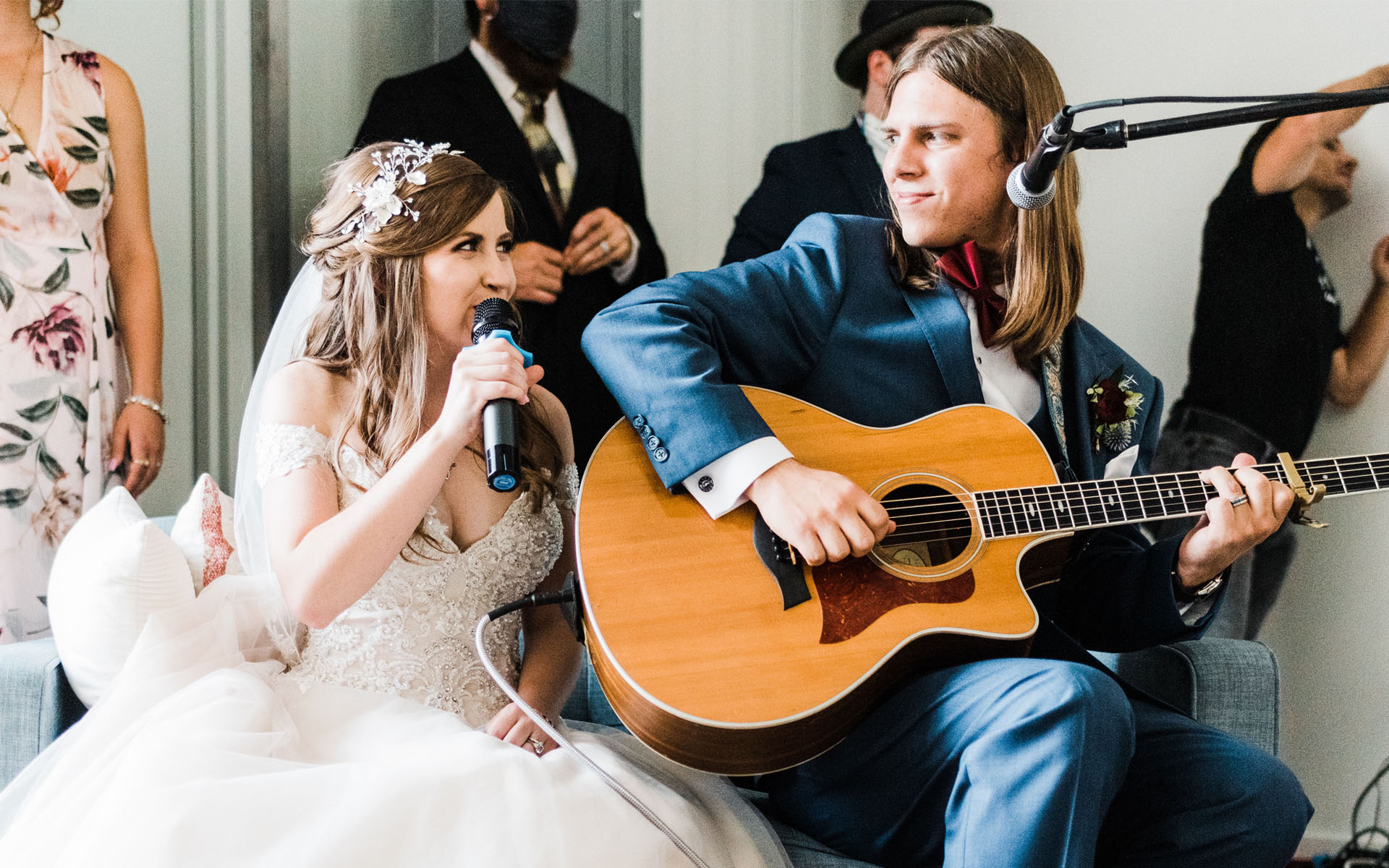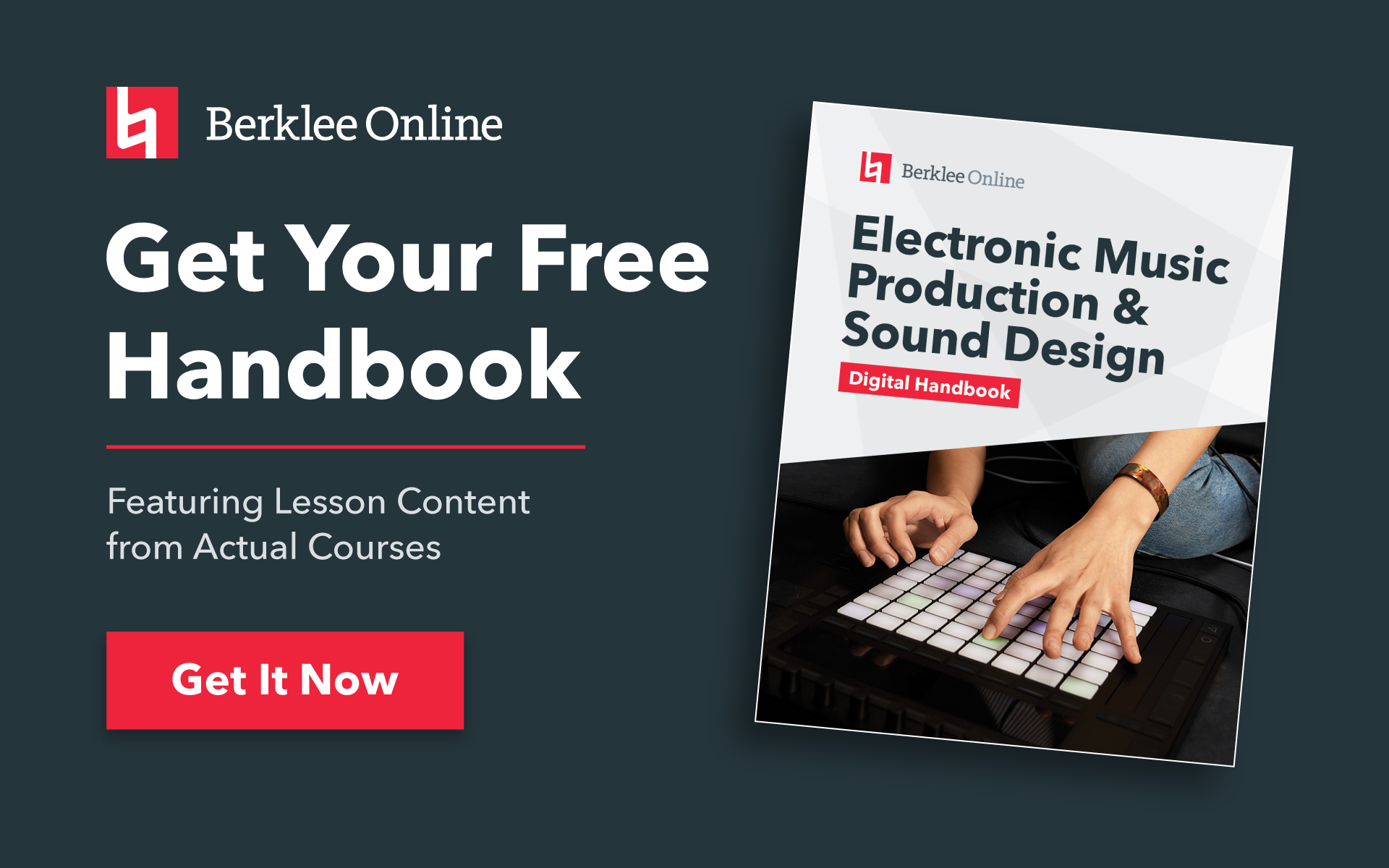What is remixing?
v. re·mixed, re·mix·ing, re·mix·es: To recombine audio tracks from a recording to produce a new or modified audio recording.
To this definition I would add, “and so much more!”
Remixing has been around for quite a while, having got its start before even the disco years and the hip-hop pioneers (such as Grandmaster Flash and Jam Master Jay). Seminal remixing truly began in the late 1960s, with the sound of Jamaican dub (an offshoot of ska and dancehall reggae). Jamaican DJs (such as Rudolph “Ruddy” Redwood) discovered that people enjoyed dancing to instrumental versions of ska hits. To spice up and personalize these instrumentals, artists like King Tubby and Lee “Scratch” Perry began adding their own parts (such as horn stabs and percussive fills) using a four-track cassette recorder and echo effects.
Hear Lee “Scratch” Perry on the Music is My Life Podcast
These permutations of the original instrumental where called “dubs’ (for “doubles”) and their low-fidelity, bass heavy, effected tracks (partly a byproduct of repeatedly bouncing tracks down on four-track tape) became an integral part of the dub sound. This sound and style of the original dub pioneers has transcended time and geography to become part of today’s remixes.
Fortunately, we no longer need to struggle with four-track cassette machines and splicing analog tape. Now we have amazing music production software tools (such as Ableton Live, Logic Pro, Reason, and Pro Tools) in which we can remix, quite literally, anything. You could turn a country song into a dubstep tune, or a jazz ballad into an electro house banger. There’s really no limit to the possibilities.
TAKE A BERKLEE ONLINE COURSE WITH ERIK HAWK!
As a result of these amazing tools, and so many wonderfully talented and creative people that have pushed forward the art of remixing, remix production has become a critical skill for many working producers and hip-hop and EDM (electronic dance music) artists. Business savvy music industry entrepreneurs recognize that remixing songs is a great way to generate income, publicity, attract new fans, and keep their catalog relevant. Remixing is also a whole lot of fun and gives you the opportunity to join a thriving online community of remixers who share their music on the Web and enter remix competitions (on sites such as Splice) with substantial prizes (from cash, to gear, and label deals).
It’s on this crest of remixing exuberance that I’ve recently updated my Remixing course at Berklee Online. When the course first began, we made the decision to only use Pro Tools in order to ensure that everybody was working in the same DAW program. Well, the times have changed and amazing remixes are now being produced in many different DAW programs. So, along with updating the lessons to include the latest remixing techniques being used in the industry, now you can take the course using any DAW you prefer.
With this current swirl of activity around remixing, it feels to me like a remixing renaissance. Not that remixing ever disappeared, it’s just enjoying a surge of popularity thanks to all the cool software tools and community support. Remixing is a wonderful form of self-expression for both novices and pros alike, and websites like Splice make it super easy to jump right into the mix (or, remix) with both feet and start exchanging feedback and ideas with fellow music producers from all over the globe. Splice also offers full multi-track sessions for you to remix, as do acts like Radiohead and Nine Inch Nails. Talk about being able to look into an artist’s session and learn by exploring the tracks!
In addition, here are a couple remixing tutorials for beginners that I produced in partnership with Beatport Sounds. You can find these tutorials and many more on my YouTube channel.
The Importance of Remixing in Key and Sample Packs
Opening Beatport’s Remix Packs in Ableton Live
STUDY MUSIC PRODUCTION WITH BERKLEE ONLINE





